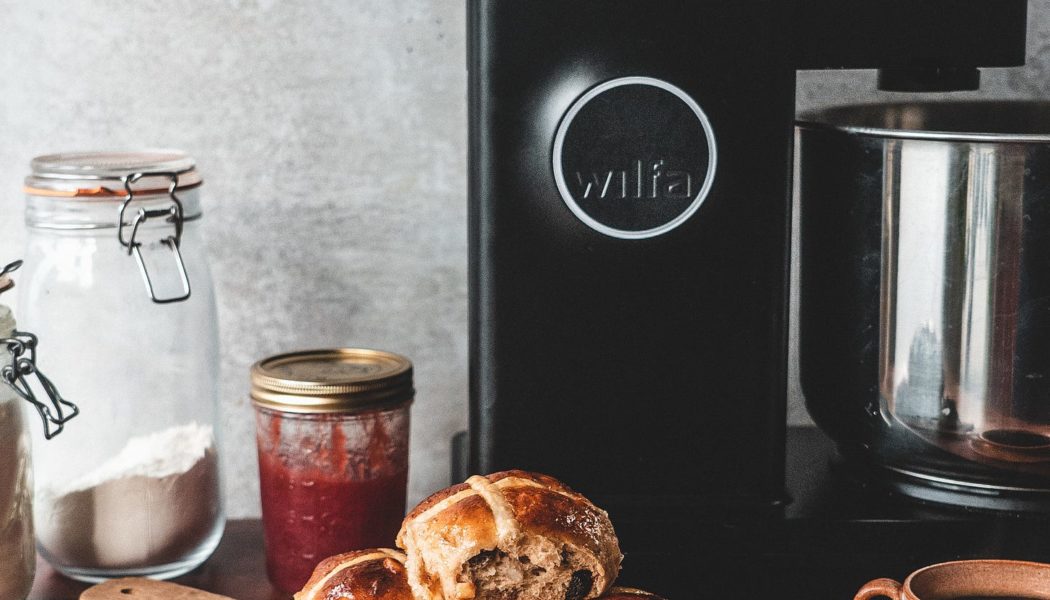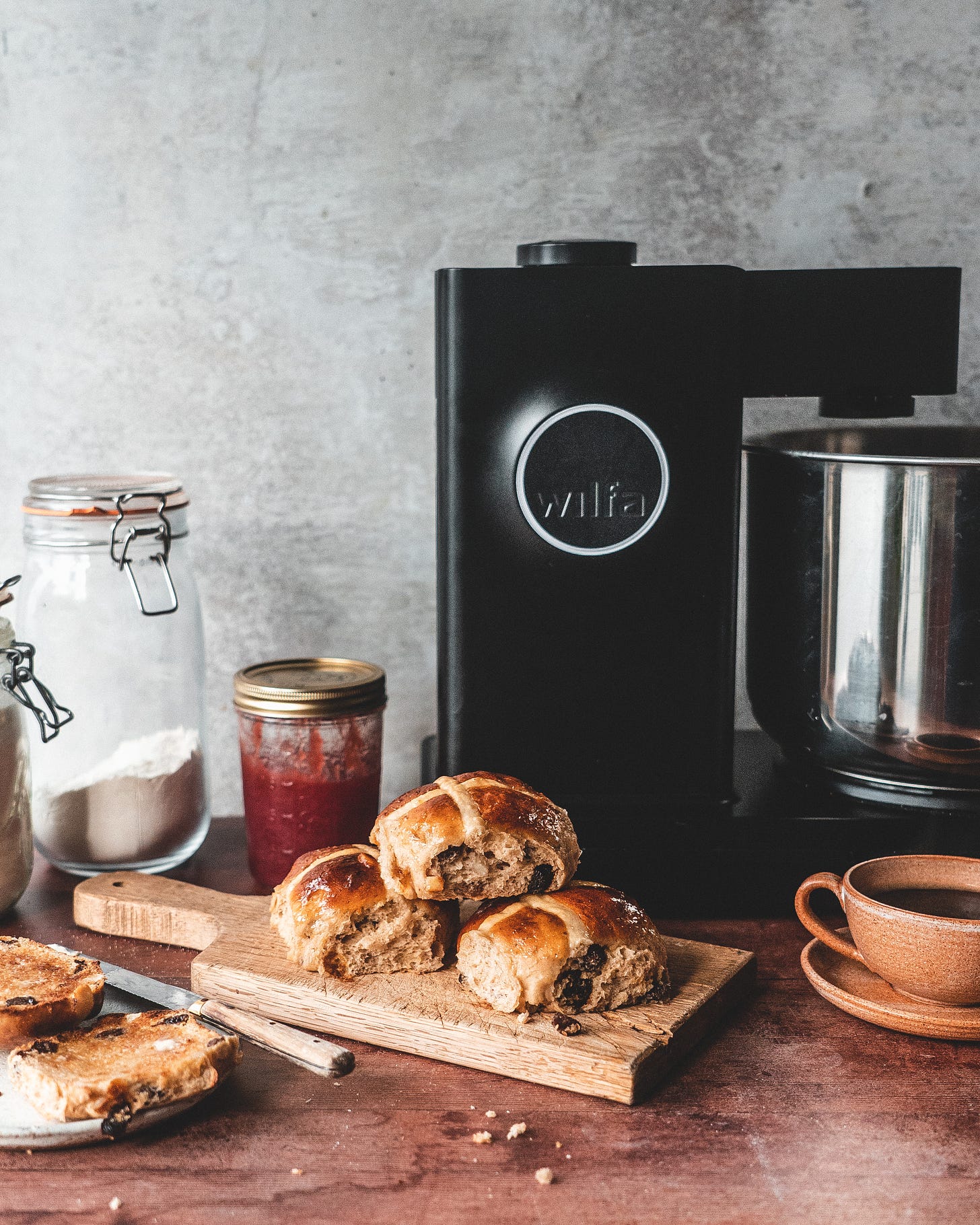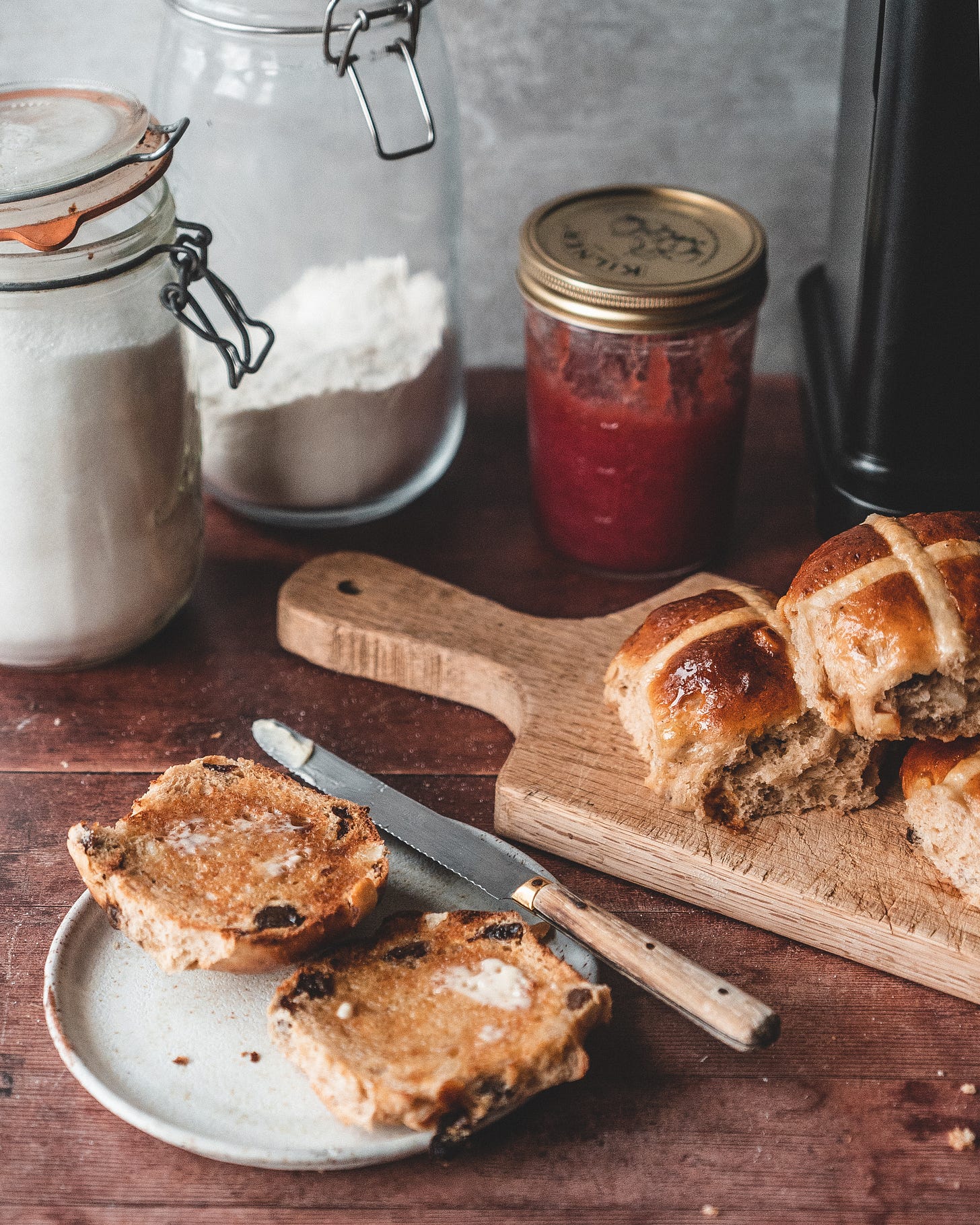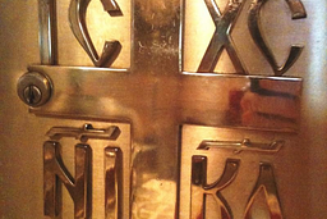This issue of the newsletter is sponsored by Wilfa
How do you feel about calendar based foods, recipes that are made just for special occasions, traditional foods you can look forward to on their annual arrival? I am, of course, talking about hot cross buns, ‘tis the season after all. Supermarkets love to stretch the traditional period these glorious buns are available, but when you go to bakeries and to home kitchens, they are still only made in a relatively short window. Personally I tend to make them once or twice during this short window. I think this scarcity makes the hot cross buns more exciting, more special, more valued. I know that probably makes me sound like a cranky old person, moaning about the availability of creme eggs in January, but so be it. I think it’s nice to have things to look forward to, the waiting makes it more special when you can enjoy them.
As the hot cross buns are an annual event I like to have a play around with my recipe every year, making them vegan one year, playing with the flavours the next. This year, I decided to keep the flavours pretty classic, instead, I wanted to play around with the base recipe. I wanted to preform a little culinary experiment. Could one of my favourite bread techniques, Tangzhong, make these buns even softer. Would these hot cross buns be the softest, lightest version I’ve ever made?
Tangzhong
This method has gained significant popularity over the last decade, and rightly so. Made in a similar manner to a roux, flour and water (or milk) are mixed together and cooked until thick. The resulting paste is mixed into bread dough and it makes breads that are particularly soft and also stay that way longer, especially when compared to recipes made without the paste.
Tangzhong vs Yudane
Many recipes incorrectly state that tangzhong is a Japanese technique but this is actually the Mandarin name for this method. The Japanese name is Yudane. Other than the name, there is also some small differences in the two versions of this idea. The Yudane technique works by mixing boiling water and flour together, in a ratio of 8:1. With Tangzhong, water and flour are cooked together at a ratio of 5:1 (these ratios can vary depending on whose recipe you are using but these are the two most popular). The methods are different but both result in flour that has been gelatinised, which means the starch in the flour swells and therefore holds onto to more water than the flour can normally hold. This makes bread which is incredibly soft and which stays fresher for longer.
The question is, can this method improve my beloved hot cross buns? The answer is, thankfully, absolutely. It works a charm, these buns were excellent.
Hot Cross Buns
The recipe for these buns remains quite traditional, apart from the roux of course, made with bread flour, a little sugar, spices, eggs, butter and dried fruit. In this recipe I have stuck with classic raisins, sultanas and some candied peel. You can also adapt the recipe easily, keeping the amounts the same but changing out the type of fruit. You can also become something of a hot cross bun heretic and change the filling completely, to something like chocolate chips, but the less talk of that the better.
As this is an enriched dough, and is quite sticky and tricky to handle, I would suggest using a stand mixer to knead the dough. I used my Wilfa Probaker, which I am sure you know by now, I absolutely love. The mixer is a bread makers dream, being able to handle 5kg of dough (but also working great with smaller batches like this recipe too) and never struggling no matter what you throw at it. It’s also much quieter than other mixers I have used in the past. One benefit the Probaker has for this particular recipe is the width of the bowl. Because the bowl is bucket shaped and the attachment arm sits over just one side of the bowl it makes adding ingredients to mixer, whilst it’s running, so much easier.
Softest Ever Hot Cross Buns
Makes 12
75g raisins
75g sultanas
500g strong white bread flour
270ml whole milk
7g fast action dried yeast
1/2 tsp salt
2 tsp mixed spice
1 tsp ground cinnamon
60g caster sugar
2 large eggs, plus one for egg wash
50g unsalted butter, room temperature
50g mixed candied peel
Cross and Glaze
50g plain flour
50g milk
5ml vegetable oil
50ml orange juice
50g caster sugar
1 tbsp honey
A couple hours before you make the dough prepare the fruit and the tangzhong paste. Add the raisins and sultanas to a small bowl and pour over hot brewed black tea. You can use any tea you like and even water if you don’t want to add extra flavour. The key is that the water should be hot, this helps it soak into the fruit and plump it up. Soaking the fruit in this manner makes the fruit more pleasant to eat but also prevents it from burning when the fruit is on the outside of the buns. Leave the fruit to soak for about 30 minutes, before draining and then setting aside to cool. For the tangzhong add 35g of the flour and 185ml of the milk to a small saucepan and cook over low/medium heat, mixing constantly, until the mixture forms a thick paste. Scrape into a small bowl and cover with a piece of clingfilm, to prevent a skin from forming, and set aside until cool. You can also prepare the tangzhong a day ahead, refrigerating until needed.
When ready to make the dough add the remaining bread flour, yeast, spices, sugar and salt to the bowl of the Wilfa Probaker and whisk together to combine. Pour in the remaining milk, the eggs and the tangzhong paste and, with the dough hook attached, mix on low speed until a shaggy dough is formed. Turn the mixer to medium and knead for about 10-15 minutes or until a smooth silky dough is formed, which is no longer sticking to the bottom or sides of the bowl. With the mixer still running add the butter and continue kneading until the butter is fully combined and the dough is, once again, no longer sticking to the bottom or sides of the bowl. Add the drained dried fruit and the candied peel and knead briefly until evenly mixed into the dough. Scrape out the dough and form into a ball. Place into a lightly greased bowl and cover with clingfilm, setting aside until doubled in size, about an hour.
Tip the risen dough out onto a floured worksurface and press into a flat round. Cut into 12 equal sized pieces and form into balls.
To shape the hot cross buns cover the pieces of dough with a kitchen towel to prevent them drying out. Working with one piece of dough at a time, fold the outer edges of the dough into the middle, doing this a few times to create some tension, pinching the seam to seal. Turn the bun over, seam side down. Cup your hand and cover the ball, making sure the back of palm is in contact with the worksurface and the top of your palm is in contact with the bun. Move your hand in a circular motion, moving the ball with you as you roll. You should be able to feel, also see, the ball become smoother and a little tighter.
Place the buns onto a parchment lined baking tray, a little apart, and cover lightly with clingfilm or a damp kitchen towel. Set aside for until doubled in size, about an hour or so.
Preheat the oven to 200ºC (180ºC Fan).
To make the cross mix together the flour, milk and oil, until you have a thick smooth paste. Scrape into a piping bag fitted with a small plain piping tip.
Brush the buns with egg wash and pipe each bun with a cross. Bake in the preheated oven for about 20-22 minutes or until golden brown.
Whilst the buns are baking make the glaze. Add the orange juice and sugar to a small pan and cook together just until the sugar has dissolved and the mixture has come to a simmer. Remove from the heat and set aside.
Remove the buns from the oven and whilst they are still hot brush all over with the orange syrup. Allow the buns to cool fully before serving.
Kept covered these buns will keep for 2-3 days.














